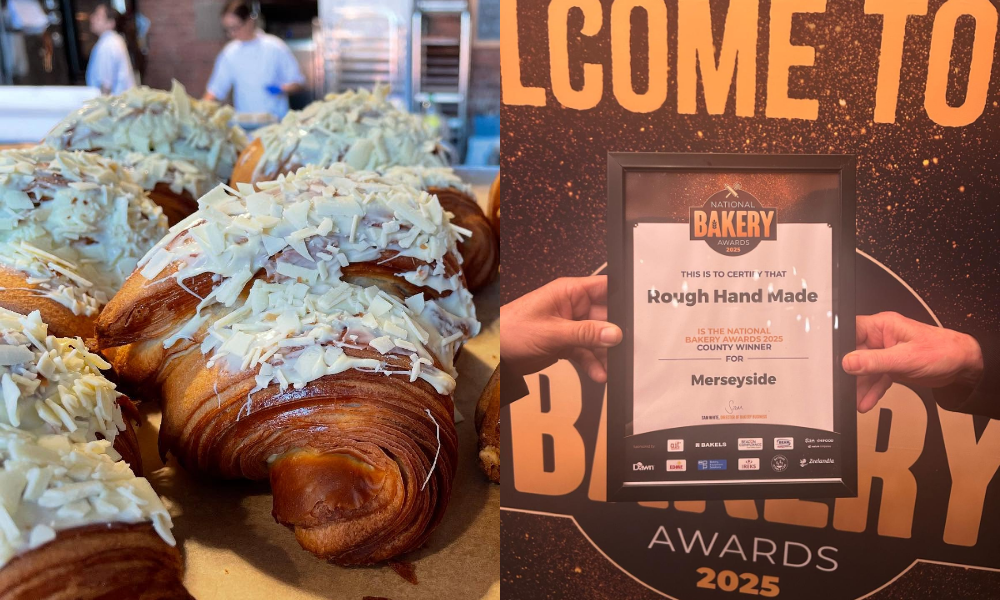
Latest
10 of Liverpool’s most inspiring buildings and the stories behind them
5 years ago
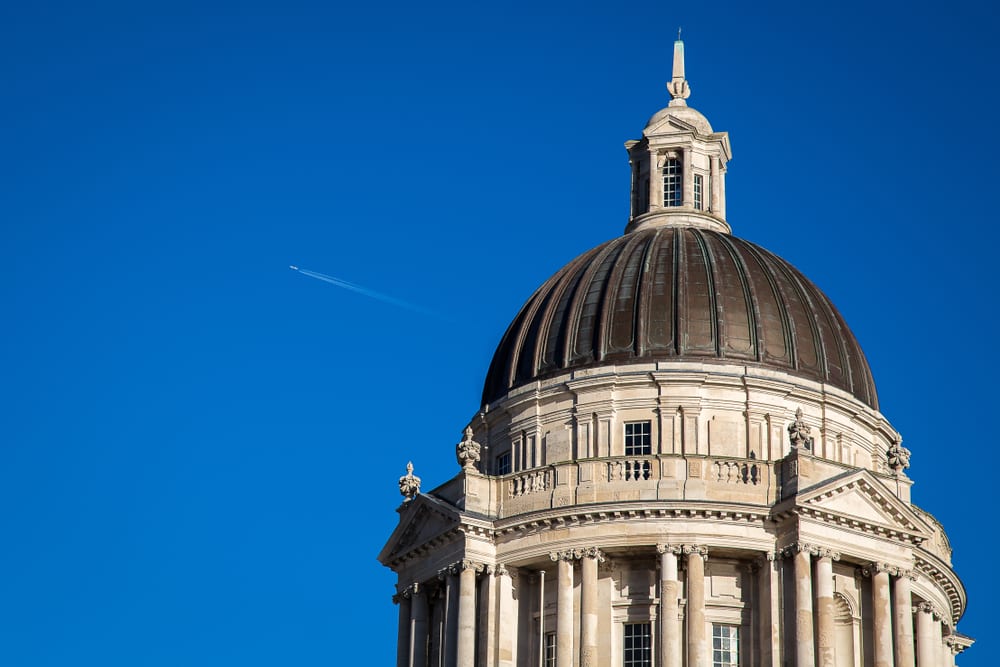
We may be unable to socialise normally during lockdown, but our magnificent buildings boasting outstanding architecture are still very present in the city centre. We can’t go inside them at the moment but why not take them in on a bespoke walking tour of your very own?
Liverpool Anglican Cathedral Church of Christ
The Anglican is Britain’s biggest Cathedral and the 5th largest in Europe. It took seventy four years to build and was eventually completed in 1978, surviving two world wars. Designed by 22 year old Catholic Giles Gilbert Scott, he had never designed a building previously but showed passion for ecclesiastical design and the Gothic revival style. The building is brick with red sandstone facings, copper and reinforced concrete roofs.
At 67 m (220 ft) above floor level, the bells of Liverpool Cathedral are the highest and heaviest ringing peal in the world. Its organ, built by Henry Willis & Sons, is the largest pipe organ in the UK, and one of the largest musical instruments anywhere.
Liverpool Metropolitan Cathedral of Christ the King

The Metropolitan Cathedral, known locally as Paddy’s Wigwam due to its unique circular shape, is half a mile away from the Anglican and built on the site of a former workhouse.
It’s a common myth that a city must have a cathedral but if it was true Liverpool would be a double winner! As folk singer Pete McGovern sang In My Liverpool Home “if you want a Cathedral, we’ve got one to spare”.
Opened in 1967, Paddy’s Wigwam was designed by a Protestant, Sir Frederick Gibberd. It features modern works of art and multi-coloured windows. The original Cathedral design by Sir Edwin Lutyens began in 1933 but was abandoned after only the crypt was completed. It was to have been bigger even than the Anglican Cathedral.
Royal Liver Building

The Liver Building along with the Cunard Building and the Port of Liverpool Building form our city’s Three Graces, which line the waterfront. It is also part of Liverpool’s UNESCO-designated World Heritage Maritime Mercantile City.
Opened in 1911, the building’s two copper Liver Birds has been a major part of Liverpool’s skyline for over 100 years. Legend dictates that if the two birds were ever to leave and fly away, the city would cease to exist.
The building became the first major structure in the UK to be made of reinforced concrete, its design comparable to New York and Chicago skyscrapers of the early 20th Century. Its two clock towers have clock faces larger than Big Ben’s!
Port of Liverpool Building

This Grade II listed building was constructed between 1904 and 1907 and designed in the Edwardian Baroque style, and as many notable places in Liverpool has a Maritime theme in its decoration. The main gates are decorated with a globe supported by dolphins, the cast iron gates and gate piers have mermaids, shells and anchors, and shields with the initials M.D. & H.B. – the building was the head office for Mersey Docks and Harbour Company for 87 years.
The outside light fittings are designed so that the lights appear to be held in the hands of Neptune, the Roman god of freshwater and the sea. The lifts are also decorated with gilded emblems representing the globe, plus seahorses and anchors.
The Port of Liverpool Building’s eastern wing was damaged in the Second World War. The cost of restoration was more the original construction costs!
St Georges Hall
Opposite Lime Street station, the Hall is one of the most stunning examples of neoclassical architecture you will find anywhere. Opened in 1854, it has sculptures of Queen Victoria and her consort Prince Albert, former Prime Minister Benjamin Disraeli and more, plus four huge stone lions guarding the building out front. The steps and plateau of St George’s Hall is a popular meeting place, with events marked by people gathering there, from the Black Lives Matter demonstrations over the summer to Hillsborough commemorations.
St John’s Gardens to the west of the hall contain ornamental flower beds and memorials, with the Hillsborough Memorial nearby.
Liverpool Town Hall

The Town Hall is the home of The Lord Mayor of Liverpool. Built in 1749 and Grade 1 listed, it is a beautifully preserved example of Georgian architecture.
The interior vestibule has a incredible Minton tile floor, and the Staircase Hall features a sculptural dome. It has four clocks and is decorated by lions and unicorns.
An image of Minerva, the Roman Goddess of Wisdom and Protector of Cities has protected the Hall since 1799.
The Town Hall has hosted numerous Freedom of the City ceremonies, including posthumous honours for the 96 who died at the Hillsborough football tragedy, plus Royal visits. The Beatles’ famous 1964 homecoming on the front balcony for a civic reception and the northern premiere of A Hard Day’s Night is a notable part of Liverpool’s cultural history.
India Buildings

Like the Port of Liverpool and many other buildings in the city centre during the Second World War, India Buildings was bombed in 1941. It was later restored under the supervision of one of its original architects. Occupying an entire block, the design is influenced by the Italian Renaissance and has features of the American Beaux-Arts style. The buildings reflect Liverpool’s historic links with the United States and like the Liver Building, comparable with early 20th-century commercial buildings in New York.
Now mainly an office space which will house 3,500 HMRC staff once redevelopment work is completed, there is a small shopping arcade situated in the building too.
Oriel Chambers

On Water Street, Oriel Chambers is the world’s first building to feature a metal framed glass curtain wall. The distinctive grid of oriel windows make the best use of light, very much a defining feature. Built in 1864, the chambers are grade I listed and comprised of 43,000 square feet over 5 floors.
Oriel Chambers’ modern design may have been initially controversial and unpopular, but has since gone on to influence office buildings across the world. In 2008 it was named one of Britain’s most inspiring buildings along with Stonehenge and Hadrian’s Wall, in the Telegraph newspaper. The building’s primary tenant is a set of barristers’ chambers.
Victoria Building

Victoria Building was the first purpose built building for what became the University of Liverpool. Opened in 1892, it was the inspiration for the term red brick university, a six-strong group of universities founded in major cities in UK during the 19th century.
In 2008 to coincide with Liverpool’s Capital of Culture status, it was converted into the Victoria Gallery & Museum and opened to the public, featuring an art collection of paintings, sculptures and ceramics featuring the work of artists as diverse as Lucian Freud and JMW Turner. The Museum has oddities and curiosities from the last 127 years of the University’s history, including the world’s most important display of false teeth!
Bombed Out Church
Liverpool's Bombed Out Church ? pic.twitter.com/uqmjcB2vWX
— The Guide Liverpool (@TheGuideLpool) May 2, 2020
St Luke’s is a former Anglican parish church right at the top of Bold Street. Bombed during the Liverpool Blitz in 1941 it has been a roofless shell ever since, hence the very accurate nickname! It is not only a memorial to those who died in the war but a space for contemporary events. Since 2007, Urban Strawberry Lunch and now Ambrose Reynolds and the community’s Bombed Out Church organisation have ensured the church is a vital creative hub in the heart of the city.
The church and its surrounding walls, gates, and railings are recorded in the National Heritage List for England as designated Grade II listed buildings.


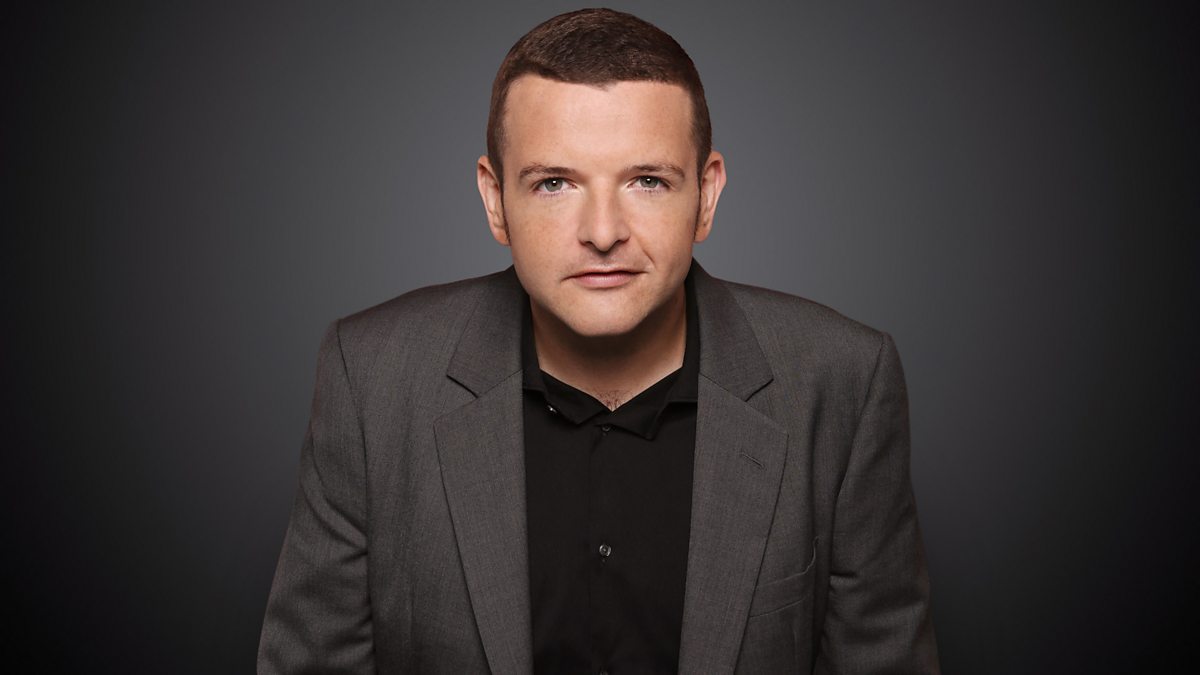
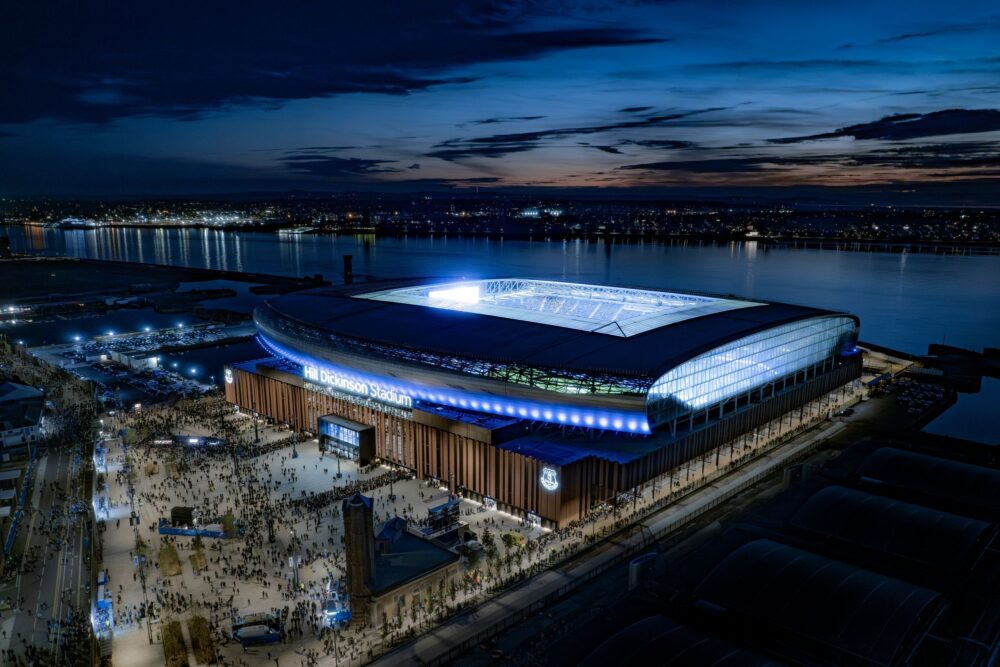
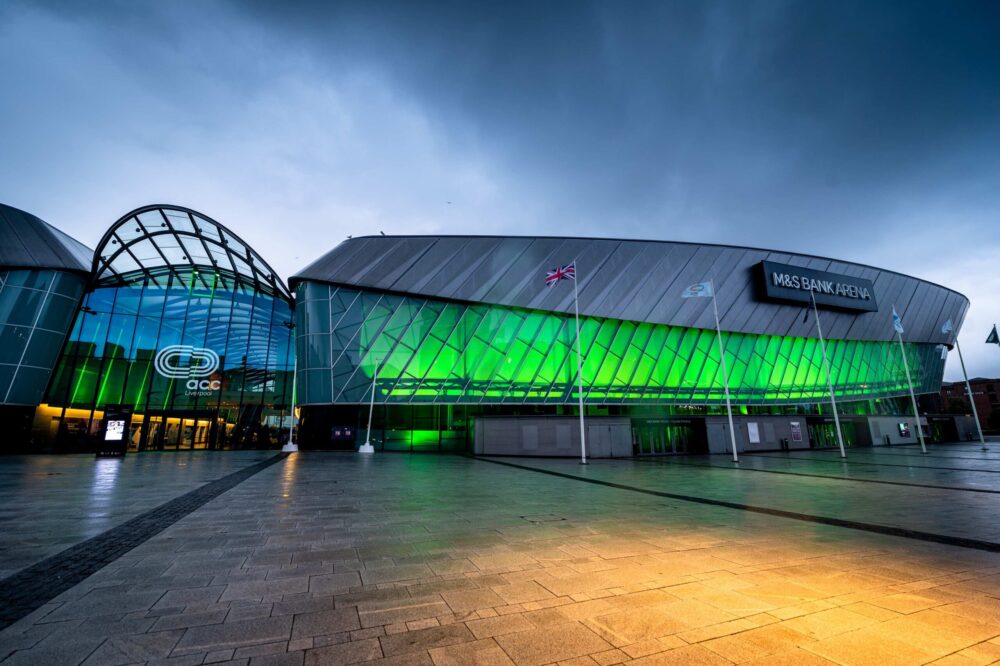

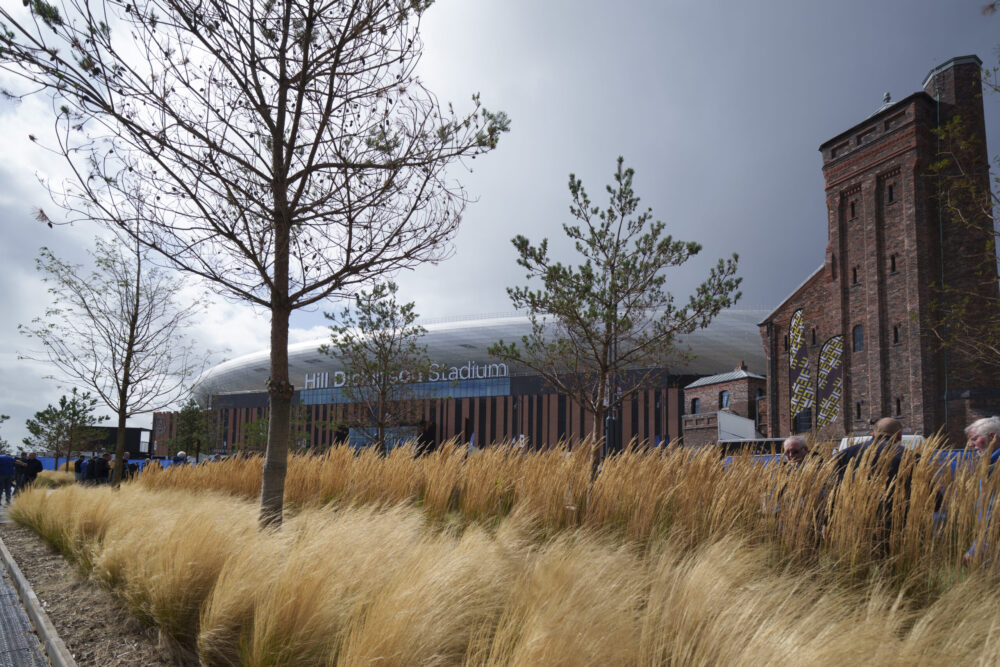

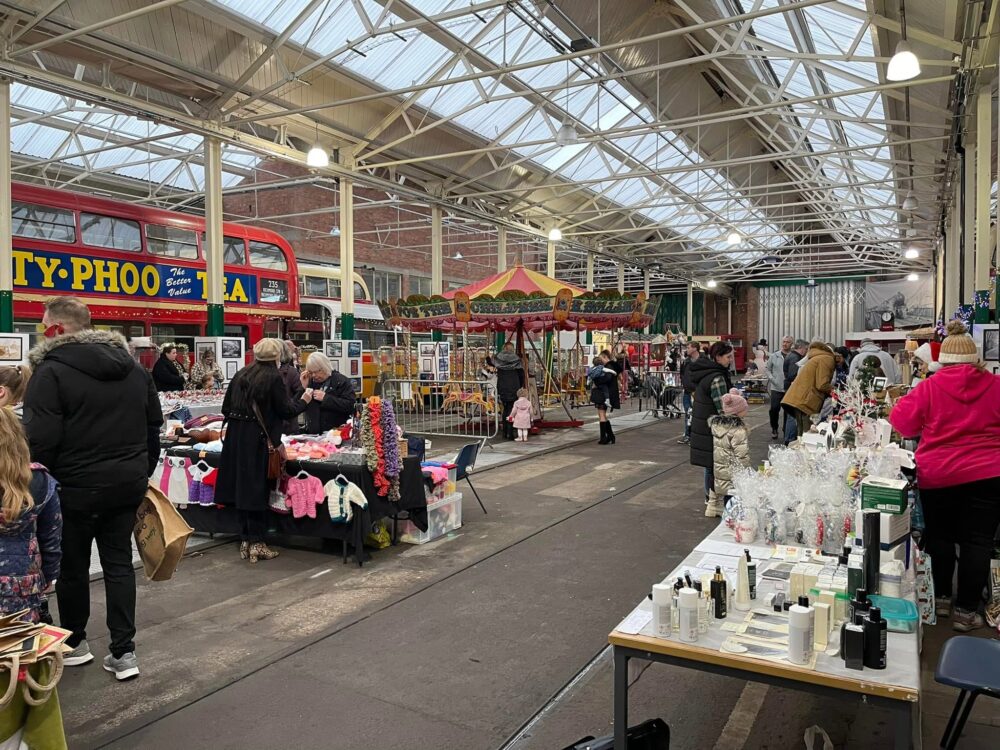
 Subscribe
Subscribe Follow Us
Follow Us Follow Us
Follow Us Follow Us
Follow Us Follow Us
Follow Us Follow Us
Follow Us











